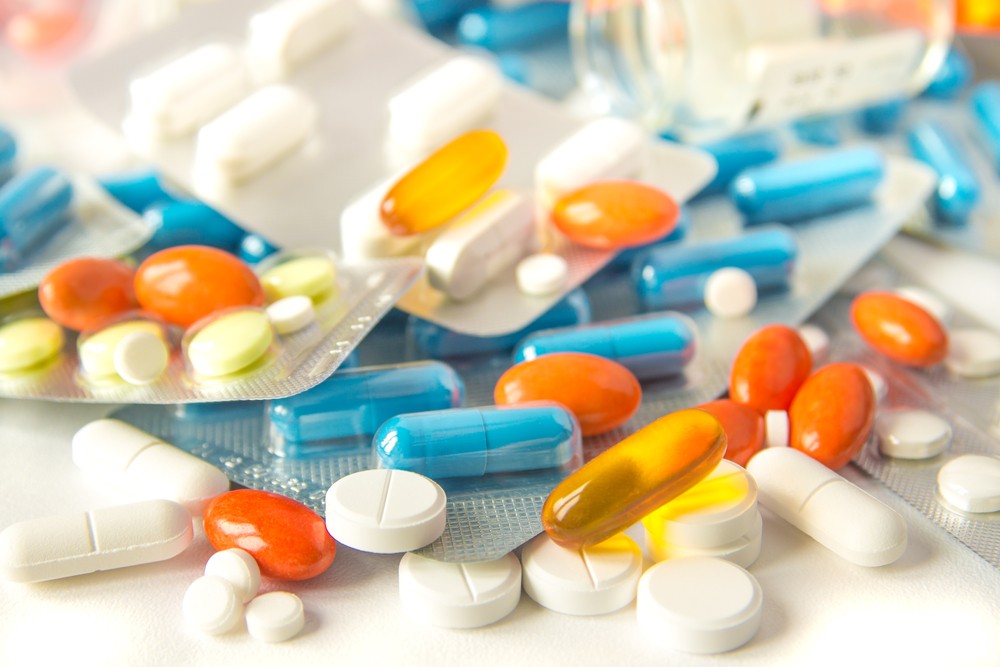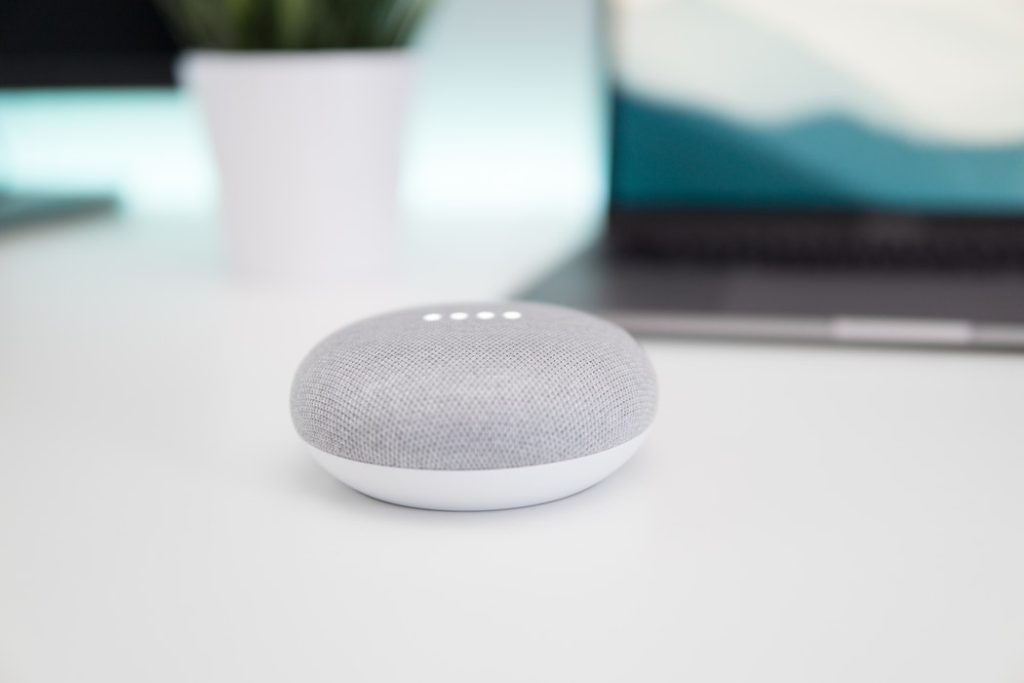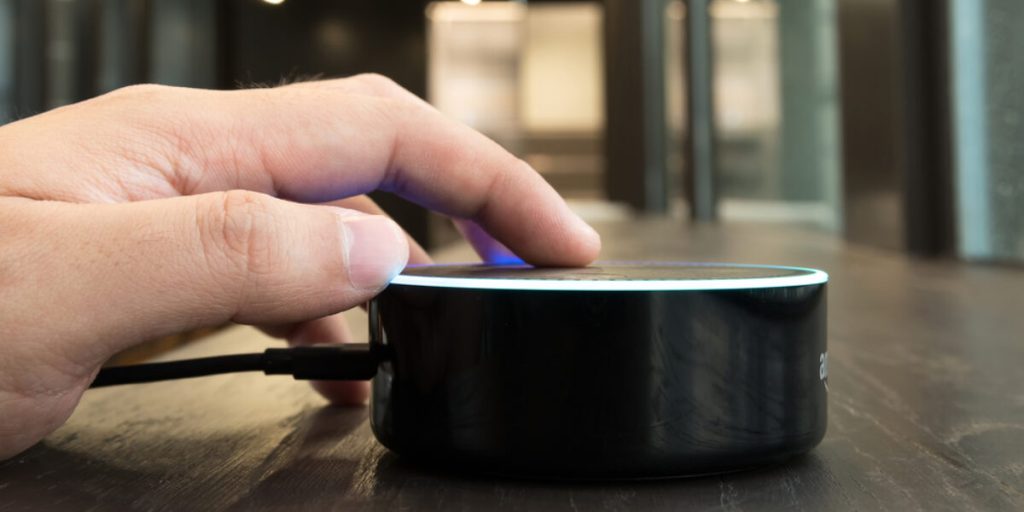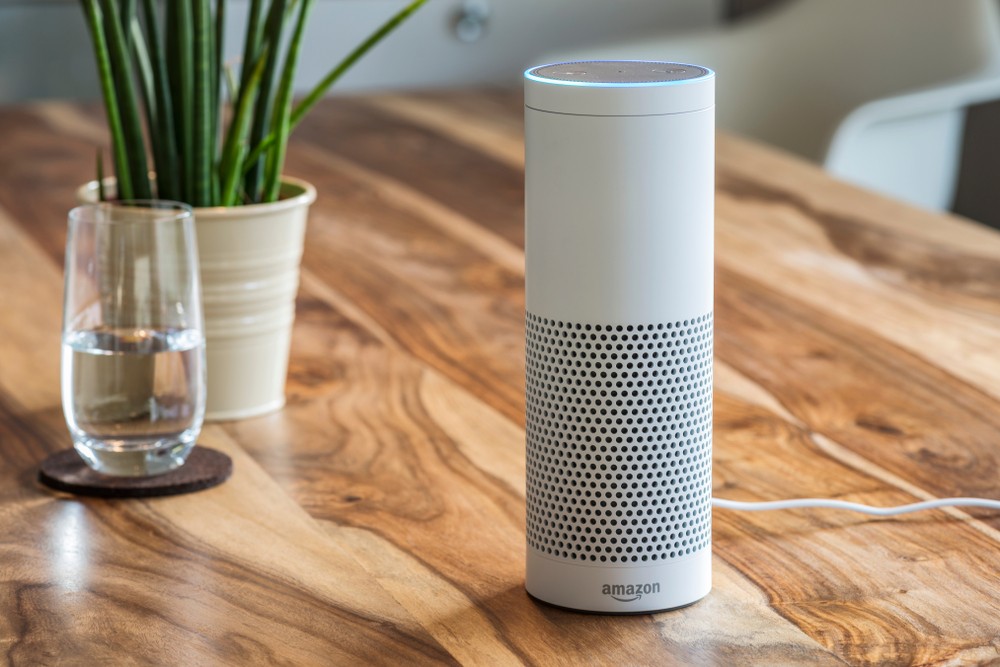Swallow a Bluetooth-Controlled Pill and Call Us In The Morning
The latest innovations in medical device marketing are the stuff of science fiction. Here’s what brands need to know about health and wellness marketing. Google, Apple, and other high tech titans are entering the healthcare market in force, unlocking new treatment and care innovations that radically improve patient outcomes. This transformation is having an especially profound …
Swallow a Bluetooth-Controlled Pill and Call Us In The Morning Read More »










